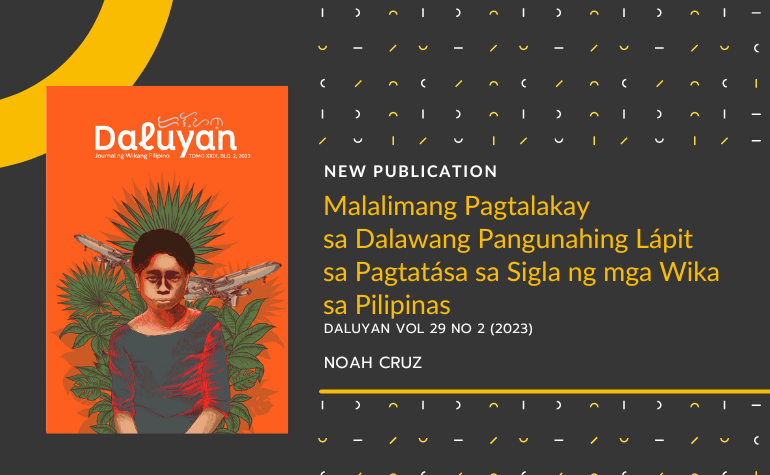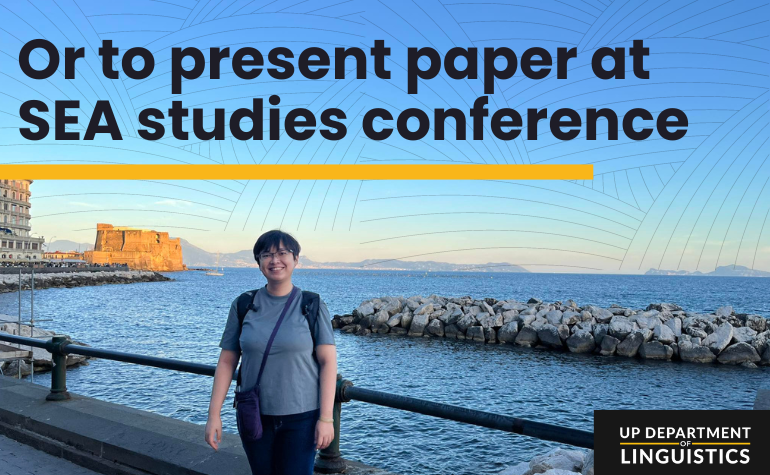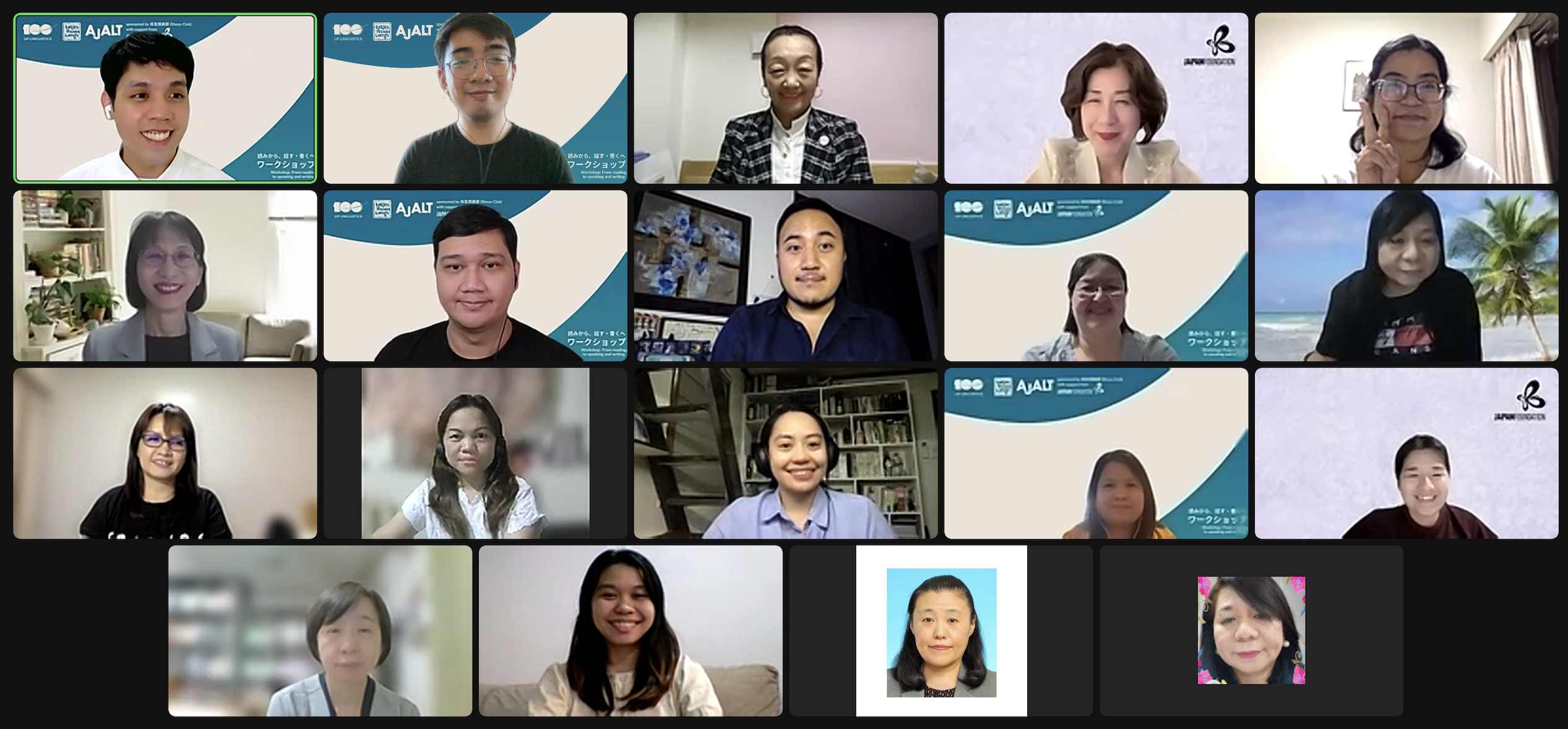
For the fifth installment of the Talks on Asian Languages (TAL) lecture series, the UP Department of Linguistics and the Association for Japanese-Language Teaching (AJALT) co-organized a workshop on how textbooks could serve as guides for classroom activities that train learners’ skills in their target language through their own cultures and norms.
The event, sponsored by the 尚友倶楽部 (Shoyu Club) and supported by The Japan Foundation Manila (JFM), was held online via Zoom last 12 November with an audience primarily composed of university teachers of the Japanese language. The discussion was centered around how educators can use two textbooks, “Reading Road: Reading Japanese from Many Angles” and “New Pathways to Japanese,” in their classes to better explain complex aspects of the Japanese language such as kanji (adapted Chinese characters) and keigo (polite register).
“We would be very happy if today’s workshop would serve as a hint for your future classes or if you are planning to develop your own learning materials in the near future [translated from Japanese],” Sawa Toda, AJALT Chairperson, said in her introduction of the event. Meanwhile, Department Chairperson Maria Kristina S. Gallego, PhD highlighted the importance of peer collaboration between educators, saying “I [Dr. Gallego] am very happy that we have this opportunity to gather Nihongo teachers and students to learn about new methods and techniques in Japanese language teaching…we [the Department] believe it is important to communicate, share ideas, and keep our friendships…”

As a warm up for the event, workshop participants, along with members of the Department, AJALT and JFM played a game of rock-paper-scissors. It was also pointed out that Japan and the Philippines refer to the same game using similar terms: janken in Japanese, and jack en poy in Tagalog.
The world of teaching and teaching materials
Miho Tokimoto, Japanese lecturer at the Sapienza University of Rome, opened her presentation by emphasizing the role of teachers in foreign language teaching: “As educators, it is our prime objective to use learning materials that would expand the world of learning of our students [translated from Japanese].” A good material, according to her, enables this kind of learning. The goal of the workshop, then, is to properly utilize existing teaching materials to help learners of the Japanese language expand their world and knowledge through language practice and learning.
“We do not teach learning materials. We only use them to teach Japanese [translated from Japanese],” she added.
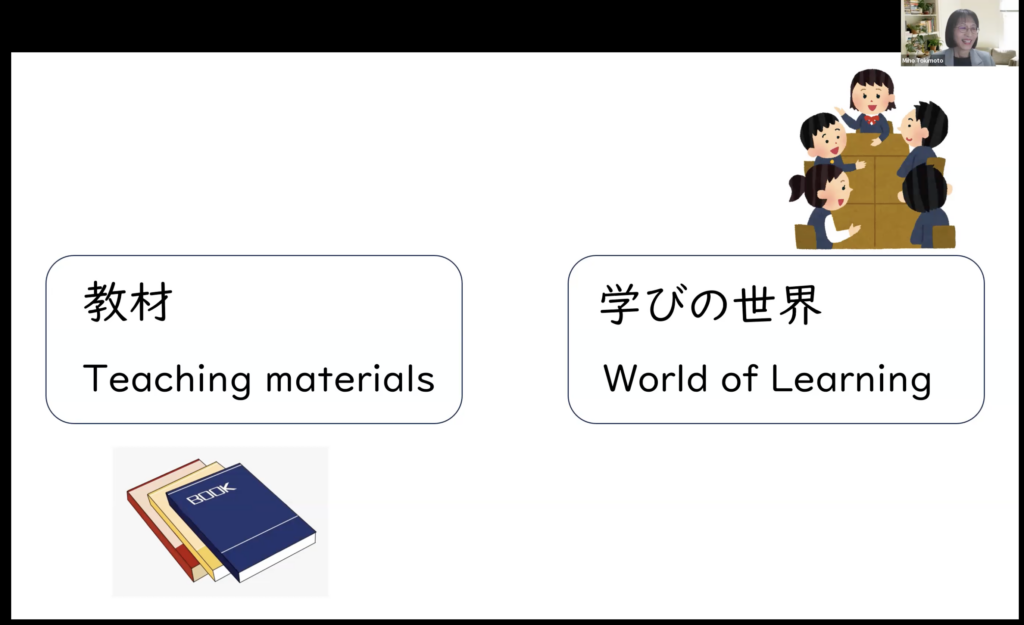
An introduction to “Reading Road”
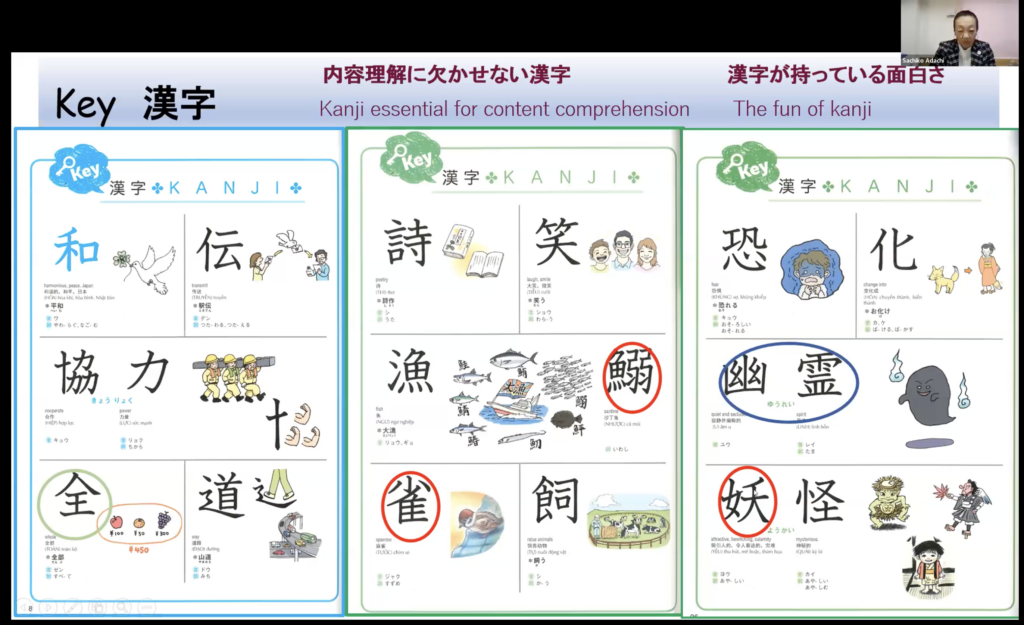
“We feel that aside from just understanding what is written on reading textbooks, we also wanted to incorporate different activities in our classes [translated from Japanese],” Sachiko Adachi, teacher at AJALT, said as she introduced the book “Reading Road.” She added, “by incorporating these activities, we help our students look for information on their own. We also help them experience firsthand the content of our class through culture and practice.”
Adachi then proceeded to give a tour of the textbook, highlighting the varying degrees of reading levels available in the book. Kanji and vocabulary, as she suggested, should be learned not just by looking at the text, but also by actually reading the material and interacting with the target language’s culture.
Kanji, keigo and katakana: How the Philippine culture can help Japanese-language learners
After the presentation by the two guest speakers, the workshop participants entered breakout sessions where they discussed different possible classroom activities based on the chapters of the book.
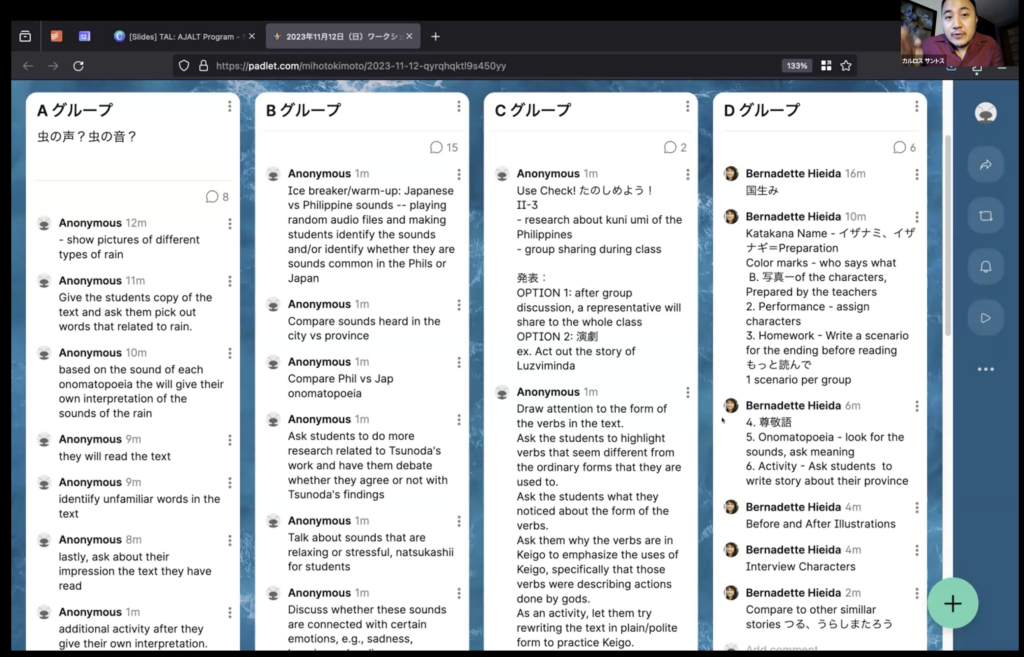
Keigo, one group shared, can be taught using the chapter on gods in Japanese and Filipino folklore. Students can first look at the different verbs used in the text, and through context clues, can then be able to understand that the special forms were used because of the nature of the characters. The other groups, meanwhile, shared that by using the chapter on sounds and onomatopoeia, students can learn kanji and katakana. Comparing the different words that Japanese and Tagalog use to represent the same sounds (meow meow vs nyan nyan, for example) can also highlight the importance of katakana.
Summing up: Textbooks and the classroom
“We have an important mission as teachers: to shape new learning traditions of the future. […] Let us continue to take care of and collaborate with each other as we continue creating a new learning tradition,” Yuko Fujimitsu, Senior Japanese-Language Educator Advisor of the Japan Foundation Manila, said in her closing remarks.
“We are here because we are teachers. The people–the learning designers–who use a variety of learning materials to teach the language are experts on learning. We are community members who create spaces for collaborative learning. We are here because we are all of these.”
Congratulations to the Japanese Language Cluster for another successful workshop! We encourage everyone to keep a lookout on our future events, especially as we are entering the 100th year of Japanese language teaching in the University.
Published by UP Department of Linguistics


